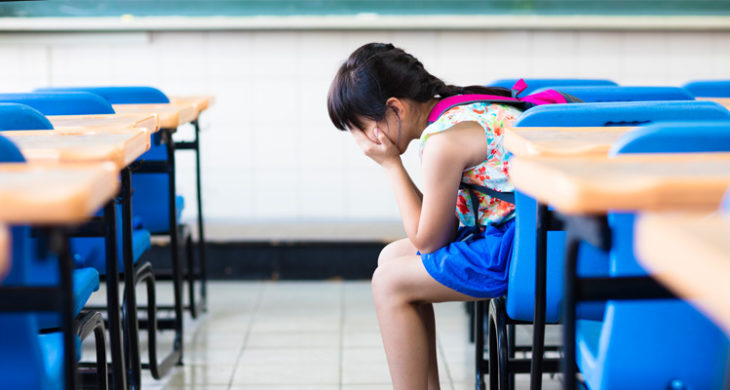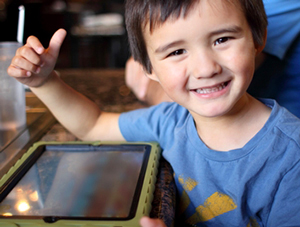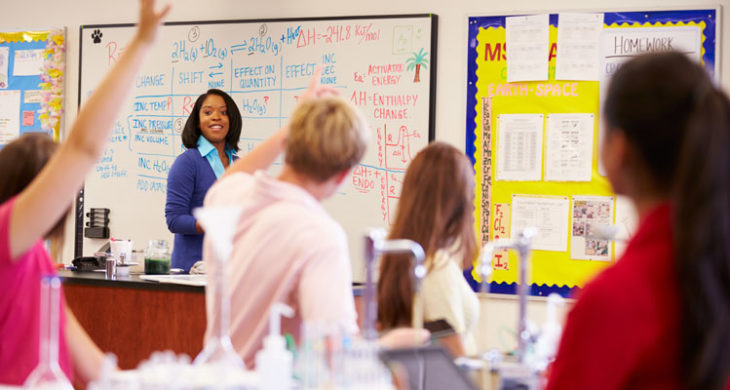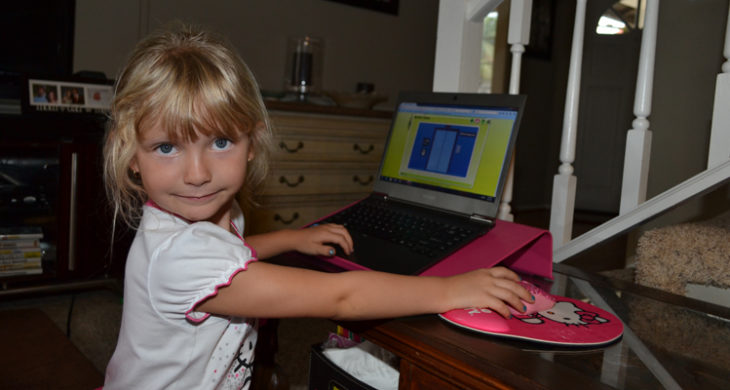Anyone who has ever faced a classroom of students can probably relate to stories of teacher stress. However, new studies suggest that teacher stress is not only becoming an epidemic—it’s affecting students as well.
According to a recent study sponsored by the University of Missouri, 93 percent of teachers surveyed said that they experience high levels of stress. Even more significantly, the students of teachers with the highest stress levels had the lowest grades as well as the most disruptive behaviors.
These results confirm those of other recent studies, leading many education experts to believe that teacher stress can directly impact the performance and well-being of students.
Causes of Teacher Stress
What causes teacher stress? Research shows that teacher stress is primarily caused by one of three factors: student behaviors, performance assessment, and time management. Here’s an overview of some of the biggest stress triggers for teachers:
Bad Classroom Behavior
In addition to kids misbehaving, the term “bad behavior” can also refer to students not paying attention or not doing their homework or classwork.
The impact on students: Bad behavior always impacts more than the student involved. When a child misbehaves or makes the atmosphere unconducive to study, it disrupts the entire class.
Emphasis on Test Scores
Since the passage of “No Child Left Behind” in 2002, schools are required to conduct mandatory standardized tests—and if “adequate yearly progress” (AYP) results aren’t met, schools are penalized with financial cuts and other punitive measures. This system has created a pressure cooker atmosphere for students and teachers, and has caused curricula to be overhauled so that there’s an overemphasis on these tests throughout the school year.
The impact on students: A number of studies have shown that the current system of standardized testing is causing a significant increase of stress-induced illnesses among students, as they feel the increased pressures imposed on them (and on their teachers) by these testing protocols.
Classroom/School Safety
In an unnerving climate, where school shootings are happening with increased frequency, teachers and students alike are being subjected to ever-changing safety procedures and regular safety drills. The continued public debates about school safety and increased concern has also caused considerably heightened stress.
The impact on students: Schools have become significantly impacted by these higher levels of tension and apprehension. Toward this end, schools are taking measures to calm fears among teachers, students, and parents.
Meetings/Training Sessions
Many teachers cite time management as a constant challenge. With increased safety regulations and new testing protocols, today’s teachers are confronted with ever-increasing (and obligatory) meetings and training sessions. These demands are encroaching more than ever on personal time, contributing to teacher burnout.
The impact on students: When a teacher is stressed and feels overworked or overwhelmed, they have less time to focus on the students and the lessons. This time shortage transmits itself to the classroom and leads to feelings of insecurity and anxiety among students.
The Contagion of Stress
In a recent study, medical researchers discovered that in classrooms where teachers admitted to higher levels of burnout, students were discovered to have higher levels of the stress hormone cortisol. Studies such as these are confirming that teacher stress can be passed on to students—and student performance is being significantly impaired by it.
For now, the results are in, but time will show whether school administrators will be able to act upon these findings by reducing stress in the classroom. If you’re a parent wondering how you can help your student in this area, the best thing you can do is keep a watchful eye for signs of undue stress in your child, offer plenty of support and encouragement (especially during testing season), and talk to you children about any fears or concerns they may have about their time in the classroom.
,










